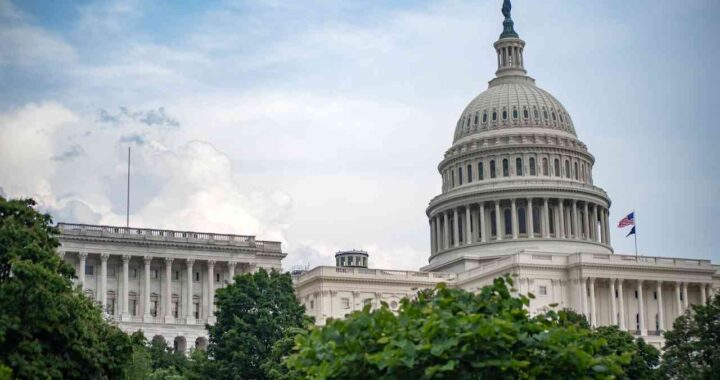Why is the Supply Chain Problem Largely Absent From the Current Inflation Debate?

All the debate around inflation is almost entirely around monetary policy. There is no doubt that “too much money chasing too few goods,” causes inflation. In fact, that is the classic definition of inflation. But that is overshadowed by a much bigger issue.
The supply chain seems to be the biggest factor for the rising cost of living in America, and many economists blame globalization for the inflation problem. But the problem may not be the global economy as much as a broken supply chain. The global economy has several problems that impede the flow of goods. This includes supply chain choke points, as well as global government spending. Several new studies have confirmed this. According to the World Trade Organization chief economist Bob Koopman, two-thirds or more of supply chain problems are a result of increased demand for goods.
The supply chain problems have affected production at all levels – from factories making goods to ports that ship them. Because the supply chain has become faulty, manufacturers are forced to make only what their projected demand is. If there is an excess of product, the factory must store it, which is more expensive than ever in the current economic environment.
While most inflation is caused by rising input costs, they are temporary and have little lasting impact on prices. They return to normal when supplies return to normal. The general level of prices, however, remains high and continues to rise quickly. Inflation is projected to eventually return to 2 percent, but the rate is unlikely to fall below that level. But this will not happen until the supply chain situation is addressed.
RELATED:




 Pat Robertson Hits the Fundraising Panic Button
Pat Robertson Hits the Fundraising Panic Button  If You Hate Politicians, Don’t Shoot Them
If You Hate Politicians, Don’t Shoot Them  ’Protecting Pat Robertson”: “Pat Goes Into Panic Mode” (Part 3)
’Protecting Pat Robertson”: “Pat Goes Into Panic Mode” (Part 3)  Republican Senators Are Beginning To Second Guessing President Trump
Republican Senators Are Beginning To Second Guessing President Trump  The Calm Frequency: Where Healing Meets Abundance
The Calm Frequency: Where Healing Meets Abundance  There Is No Glory in Fostering, but There Is Joy
There Is No Glory in Fostering, but There Is Joy  Smart Strategies To Increase the Value of Your Business Before Selling
Smart Strategies To Increase the Value of Your Business Before Selling  Enterprise Data Still Needs Enterprise Search
Enterprise Data Still Needs Enterprise Search